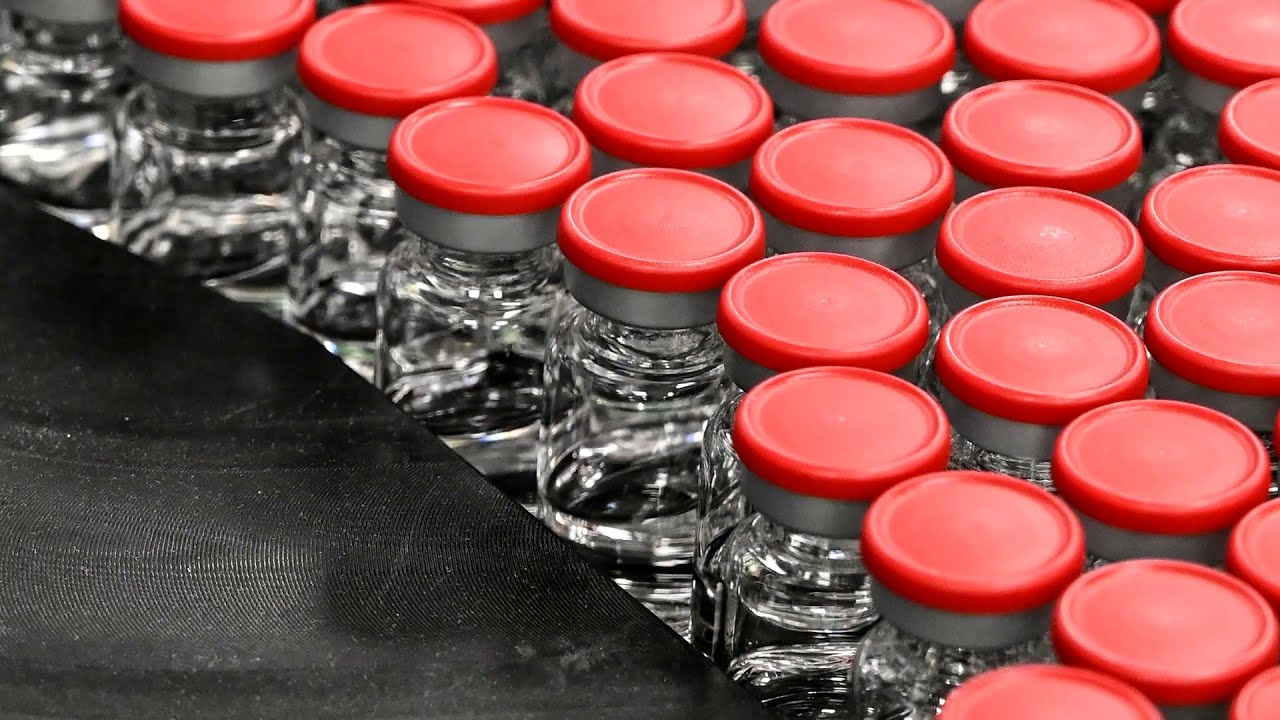AstraZeneca and the University of Oxford , pioneers in the quest to deliver a vaccine against the novel coronavirus, face increasing questions about the results of their trials after acknowledging a manufacturing error.
While an announcement Monday from Astra and Oxford showed their injection was 70 percent effective on average in a late-stage study, the scant details released by partners in the UK have raised concerns about whether regulators would approve it. .
In a later statement, Oxford noted that a difference in manufacturing processes led some participants to receive a half dose rather than a full dose.
Astra and Oxford detailed that their vaccine was 90 percent effective when given half a dose before a full-dose booster, and that two full doses showed an efficacy of 62 percent.
The director of the United States vaccine program, known as Operation Warp Speed, said the next day that the dose showing the highest level of effectiveness was tested in a younger population and that half the dose was given to some people due to an error in the amount of vaccine put into some vials. None of this was revealed in Astra’s original statement.
We recommend: Oxford confirms that the COVID-19 vaccine produces a strong immune response in older adults
The findings had fueled optimism that the end of the pandemic is in sight and that several vaccines to combat the SARS-CoV-2 virus could be ready soon after positive results from Pfizer and Moderna .
Astra and Oxford remain close to the front of this group, although the way they have handled the big test has unsettled scientists and investors, increasing the risk that it will slow them down.
“Whenever there is confusion in the trials, that is not good because it effectively removes any kind of credibility you have, ” warned Ketan Patel, fund manager at EdenTree Investment Management. “I think there will be a lot more scrutiny of the Astra product due to the manufacturing problem.”
In its statement, Oxford indicated that when it became apparent that a lower dose was used, it was discussed with regulators and an agreement was reached to go ahead with the two regimens .
“The methods to measure the concentration are already established and we can ensure that all the vaccine lots are now equivalent,” said the university.
An Astra spokesperson said the trials were conducted “to the highest standards” and further analysis is underway to refine the efficacy reading.
“The most likely explanation for the divergent efficacy in your interim analysis is chance or patient demographics ,” wrote Sam Fazeli, an analyst at Bloomberg Intelligence, in a note.
“Either way, approval based on current data means that people will be inoculated with a vaccine whose true efficacy is unknown,” he said.
The battle against the pandemic is at a tipping point. A vaccine from Pfizer and BioNTech and another from Moderna were approximately 95 percent effective in preliminary analyzes of trials of tens of thousands of volunteers.
Fazeli added: “We are more convinced by the data from Moderna and Pfizer for now.”



 Bitcoin
Bitcoin  Ethereum
Ethereum  XRP
XRP  Tether
Tether  Solana
Solana  USDC
USDC  TRON
TRON  Lido Staked Ether
Lido Staked Ether  Cardano
Cardano  Avalanche
Avalanche  Toncoin
Toncoin